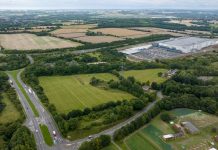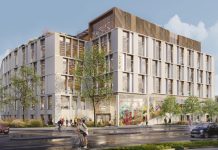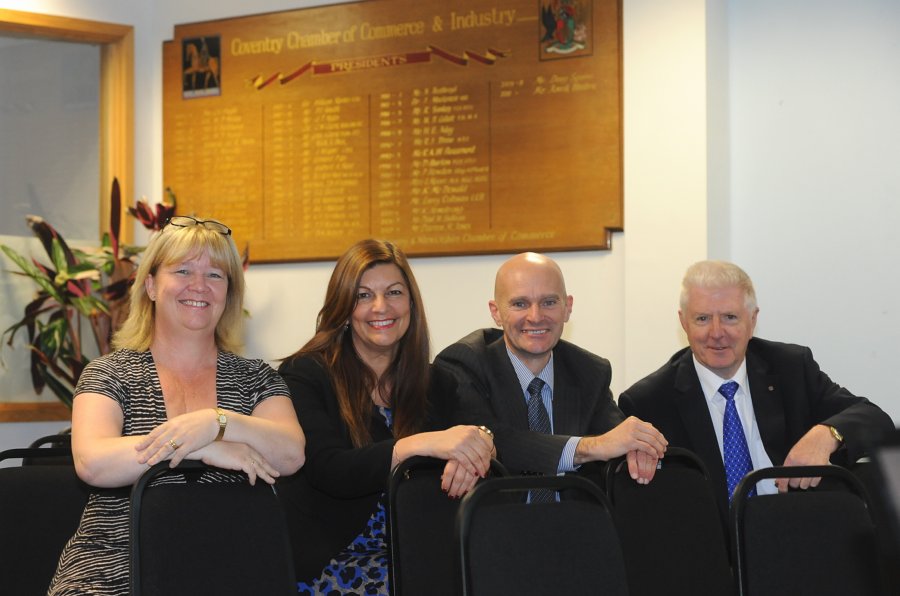The area’s leading business membership organisation has backed the draft development plan designed to support the city’s growth over the next 20 years.
The Coventry and Warwickshire Chamber of Commerce has outlined its support in a letter to Coventry City Council Leader Ann Lucas – but also raised a range of key issues it would like incorporating in the plan when it is adopted.
The move from the Chamber follows a presentation to members – made up of business people and property professionals – by Martin Yardley, the council’s Executive Director of Place.
A draft of the plan, which is designed to help achieve sustainable growth through to 2031, will be published in July 2015, before being examined publically in December 2015 ahead of adoption in May 2016.
Peter Burns, president of the Chamber, said three scenarios to meet the targets were presented to members, but one which limits growth within the city’s own boundary to the most sustainable and appropriate options, thereby meaning some “exporting” of homes outside the current city limits, was most well received.
“We are pleased to now see a realistic and credible housing target of 36,220 new homes needed for the city. We welcome and support the City Council’s honesty about the scale of new housing challenges and opportunities this level of urban growth will bring.
“But we would want to reinforce our on-going support to help the City Council plan for the city we all want Coventry to be.
“The Chamber of Commerce are committed to “Prosperity through Growth”, which we believe aligns very positively with the Council’s aspirations to “Deliver Sustainable Growth”.
“We recognise the importance of a real and credible housing growth figure for the next 20 years – to meet the needs of the city’s own growing population, to diversify the city’s presently inadequate housing offer, and to enable Coventry to play its full role in the sub-region.
“We recognise that this Draft is primarily focussed upon the important issue of the city’s own housing needs
“To ensure Coventry can play its key role in the sub-region its urban footprint needs to grow, with development planned both within the city and on a cross-boundary basis.”
Issues highlighted by the Chamber included the increasing shortage of high-quality employment land, the practicality of building 16,500 new homes on existing brownfield sites and fully recognising the value and opportunities of growth.
Burns added: “We have some major schemes such as Friargate in the offing, but increasingly there is a shortage of quality employment land. The secretary of state will shortly rule on the Gateway application and we need him to make the right decision for the future growth of our area.”
The Chamber’s response calls on the council to ensure that development is “coherent and integrated” to ensure growth is sustainable and urges it not to “dodge the important decisions the City needs to make about its strategic infrastructure”.
Sandra Garlick, chair of the Chamber’s Coventry Branch, added: “The council has clearly grasped the important issues – such as a fresh and sensible look at greenbelt development and the need for aspirational housing – recognising the need for the city of Coventry to grow and thereby allow it achieve its potential.
“But we would emphasise that the plan is about more than homes – it is also jobs, employment land and infrastructure. It is vital they are all developed in a strategic and coherent way.
“We welcome the chance to give our input to the plan to ensure that the city can build on its recent successes to deliver long-term prosperity.”






















